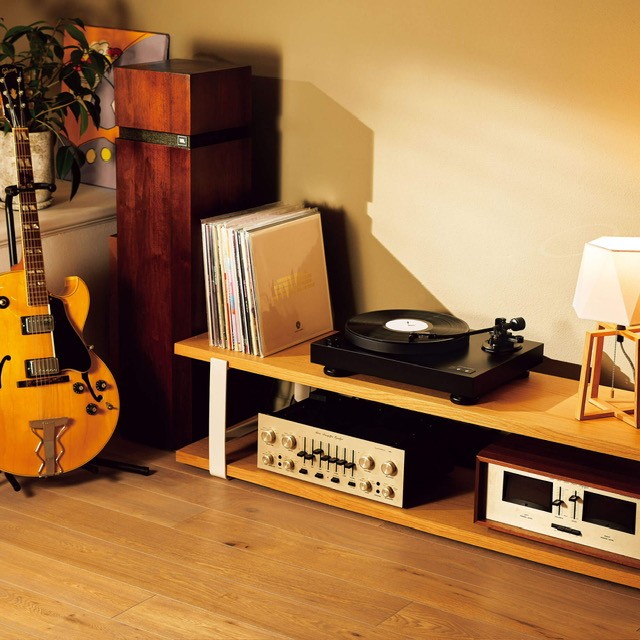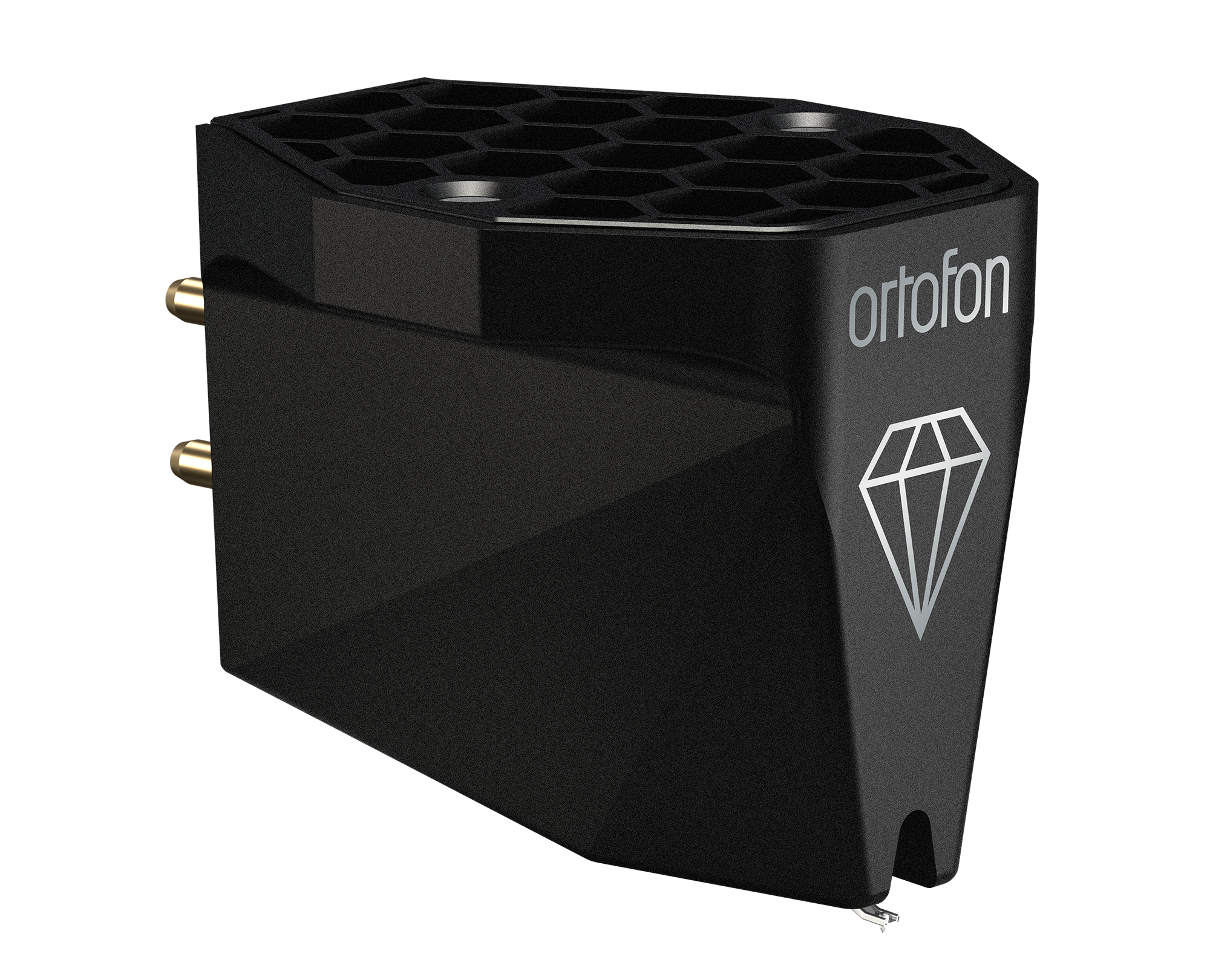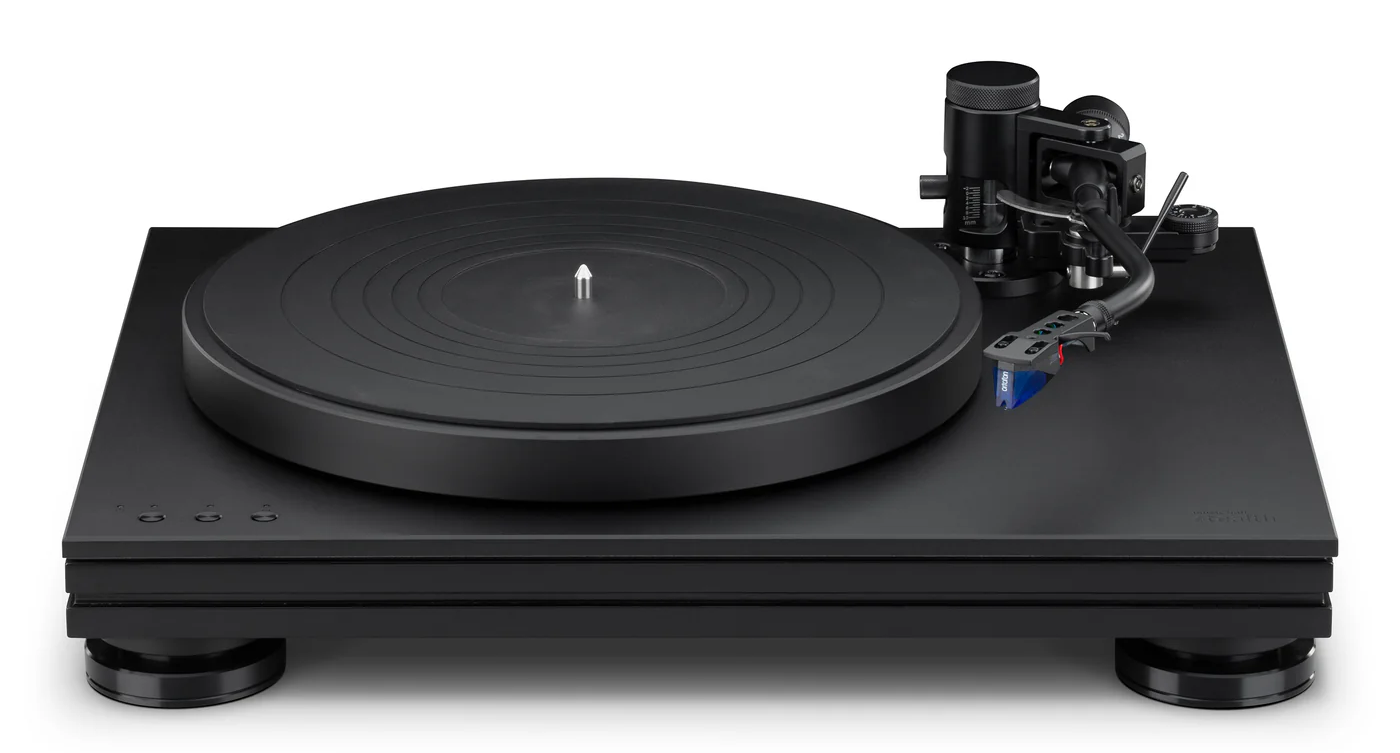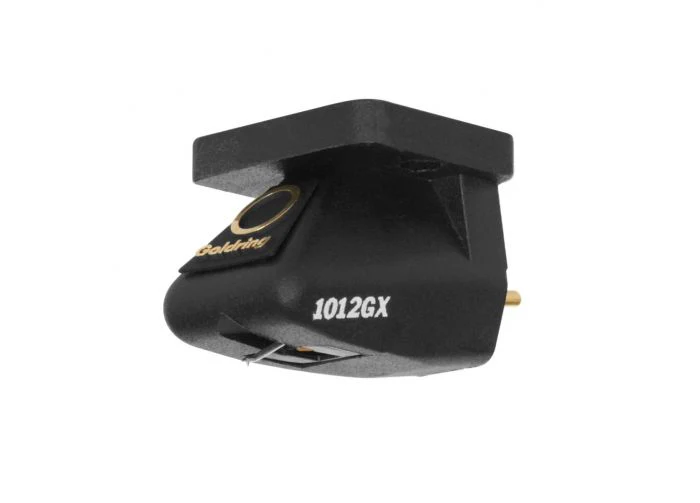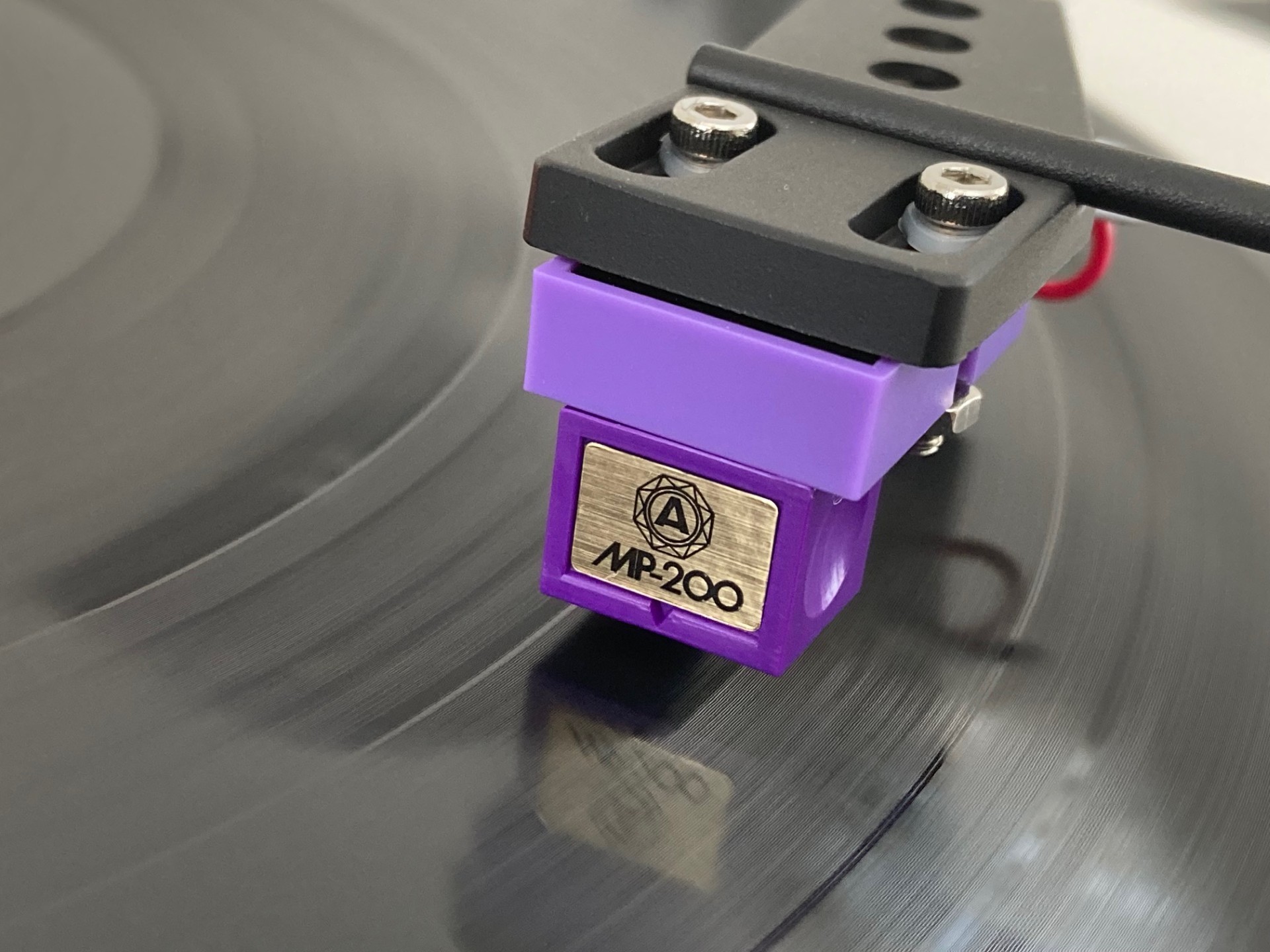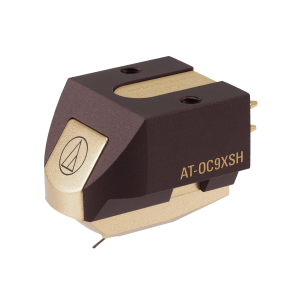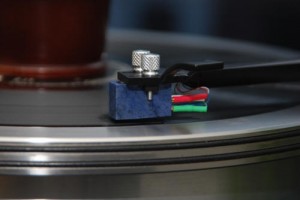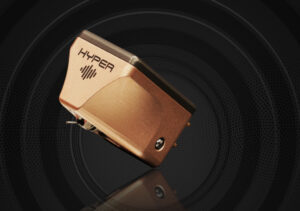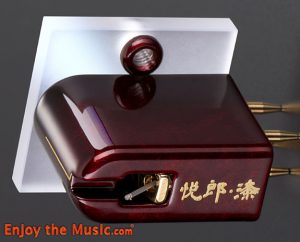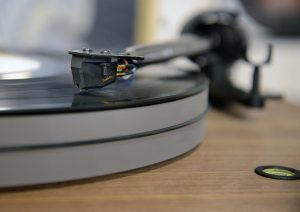
I'm all for unburdening oneself of unwanted crap. As George Carlin said, if you didn't have so much goddamn stuff, you wouldn't need a house, which is really just a pile of stuff with a cover on it. Of course, that doesn't mean stuff is inherently bad. I, for one, enjoy sleeping in a bed. What isn't so great, though, are the piles and piles of stuff clogging landfills from Booger Hole, West Virginia to Zigzag, Oregon, primarily because people either couldn't fix it or simply grew tired of owning it.
That's the rub. For repairibility and long-term ownership to be attractive, manufacturers need to design products that strike an emotional chord with buyers. On top of that, they have to offer willing and responsive support. Finally, the cost and inconvenience of repair must be far overshadowed by the prospect of continued enjoyment. Only a tiny percentage of today's products make the cut.
Yet phono cartridges generally tick all of those boxes, despite the fact that stylus replacement can cost almost as much as buying an entire cartridge. Models with user replaceable styli make it easy, but cartridges that require a trip back to their makers for refurbishment (or discounted replacement) demonstrate a higher level of commitment on everyone's part: user, manufacturer and sometimes, the selling dealer. That's because, naturally, the cartridge must be removed and then reinstalled and aligned after it's returned.
If you're expecting me to extol the rewards of cartridge rebuilding, think again. Across over three decades of analog enthusiasm, I've never sent back a cartridge for retipping. Ever. Call me crazy, but it sounds like a pain. Plus, I'm sure dealers don't always love serving as nominally compensated middlemen for facilitating the process. Besides, with so many HiFi stores closing down for good, I consider it an act of self-preservationist hobbyism to pay full fare for an entirely new cartridge. But my attitude may change thanks to the arrival of Grado's relatively new Master3.
Only within the last year have I become reacquainted with Grado, the renowned, New York-based manufacturer of some pretty unique phono cartridges and headphones. Though two decades passed since I last owned one of their cartridges, the Opus3 (HERE) quickly reminded me of why I'm fond of the brand. Grado doesn't make throwaways. Their products reek of craftsmanship and individualism, at price levels from under $100 well into five figures.
Ask my friend, who has had her well-used SR60 headphones fixed, and replaced the earpads herself, several times over the course of something like 20 years with no intention of replacing them. Name another $69 product (now $99) you've ever owned that you could say the same thing about. Microwave? Toaster? Guestroom television? Throwaways, all, and they're missed about as much as a cracked plastic ice cube tray or a bag of brittle rubber bands when they hit the dumpster.
Grado generally doesn't blindly follow the lead of other manufacturers and mostly goes their own way. Their business model seems to depend on two things: (a) improving products in worthwhile ways that make loyal customers want an upgrade, as opposed to needing one; and (b) offering repair or replacement of even legacy models at prices that customers happily pay to continue their enjoyment, which keeps them in the family. Simple, honest, smart and loyalty-inducing.
I therefore totally get why Grado created the Opus3 and priced it close to the Prestige Series. They do it for the same reasons why BMW and Mercedes-Benz sell sub-$40,000 entry level cars. The Opus3, while excellent on its own terms, is probably as much of a marketing gateway drug as an outright profit generator. It delivers enough almost-magic to make any suitably intrigued user wonder, "If Grado's wood-bodied cartridges can sound this good for $275…what more can I get for $1000?"
The answer is, quite a lot more.
Which, finally, brings us to the subject of this review, the Timbre Series Master3. It seems to offer a lot for $1000, and also at least one reason why it might be unfairly overlooked. That would be a price point that probably makes certain people think, "Once I get above the cost of top-tier moving magnets, the only logical next step must be a moving coil." All Grados are, of course, moving iron designs, which may not sound sexy (or familiar) enough for people who subscribe to the idea that there's something mystical about moving coils.
Another thing: many sub-$1000 cartridges also rely on severe stylus profiles to pluck loads of detail from the grooves—with results that sometimes seem to ignite brain cell activity rather than nurturing the heart and soul. It's certainly nice when they reveal instruments and nuances that lesser models tend to bury in the mix, and there's a lot to be said for unerring technical accuracy. Yet, without naming names, some of these leave me cold. Not so with the Grado. It extracts a lot of information from the grooves without shoving it forward, let alone sounding dry and analytical.
I spent the majority of my listening with the excellent Technics SL-100C ($1100), partly because I like it and partly because Grado sells Technics tables exclusively in their 4OurEars online store. ("The nexus of technical precision and handcrafted artistry" is how they advertise the Technics/Grado pairing in emails.) It's an excellent match. Owing to the 100C's detachable headshell and easy VTA adjustment, basic installation and setup was a breeze. As with the Opus3, alignment was a little tricky because the Grado's large wooden body obscures the cantilever, but hardly a pain. Speaking of which, the boron cantilever and nude elliptical stylus are a cut above lesser Timbre Series models, and tracking at 1.75g yielded fine results.
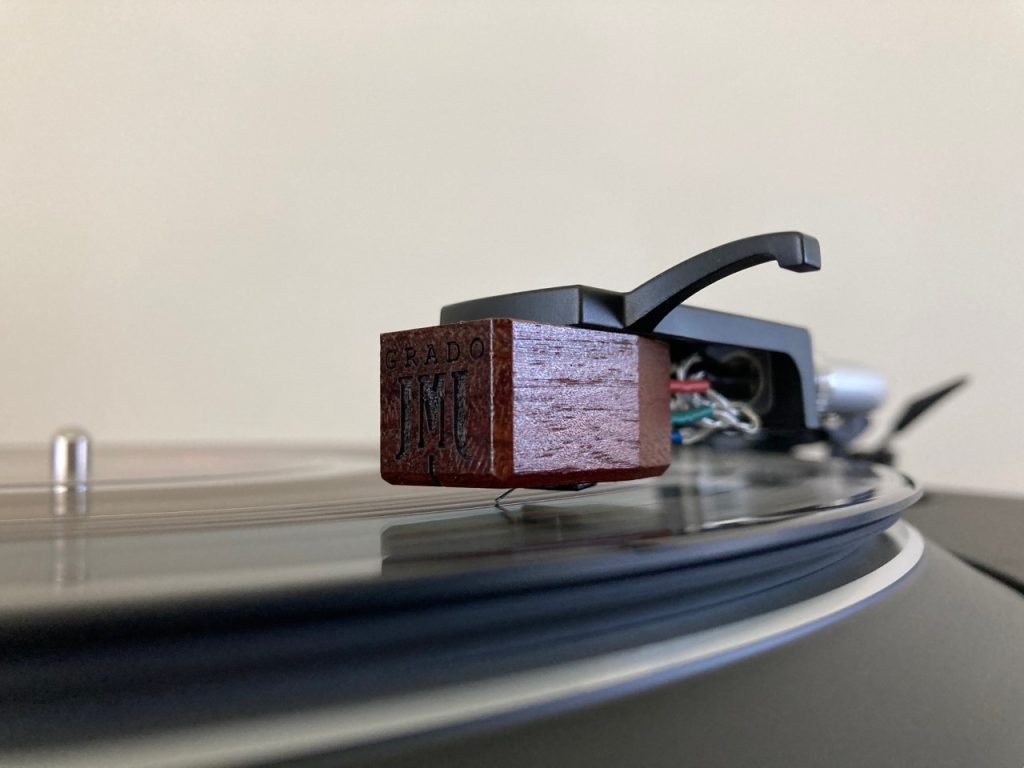
If I have one practical criticism, it's the dark stain on the Master3's body. It makes the little black-painted indent indicating the stylus position virtually invisible in anything but daylight, at least in my house. That's a shame, because it really does make cueing much easier. Solution: buy a 99-cent vial of white automotive touch-up paint and fill in the indent with a carefully applied stripe. Or, if that's too irreversible for you, a sliver of white tape cut with a razor blade will accomplish the same thing.
Unlike the Opus3, which didn't change much over time and sounded great right out of the box, the Master3 was somewhat stiff and lean for the first few hours. Maybe that has something to do with the Master's boron cantilever versus the Opus3's aluminum? I played a little with VTA, tilting it slightly tail down to add some bass weight and warmth, but the simple fact is the Master3 requires a few hours before it starts to settle in and relax. Given that Grado estimates a lifespan of up to 2,000 hours on clean records, it's a small penalty to pay for the performance to come.
Like the Opus3, the Master3 is available in mono, high- and low-output versions, with the latter offering the benefits of fewer coil windings and less distance for the signal to travel. I was initially concerned about the low-ish, 1mV output because it occupies a sort of no-man's land between really low output examples (0.5mv or less), and high-output moving coils that start around 1.6mV. Would the gain options of my Avid Pulsus phono preamp be too low or too high to be just right? Turns out, the middle setting of 60dB gain was perfectly fine; knowing what I know now, I would have tried the Opus3 in low output form since it appears there's no downside versus the 4mV version in terms of matching or system noise. Making this easier, Grado says their cartridges are non-sensitive to capacitive load and that appears to be true in my experience.
Ambiance is one of the first areas where the Grado endeared itself. As it broke in, it exhibited increasing ability to place me in the performance space with uncanny and effortless skill. I also became acutely aware of what the Master3 didn't do, which is create tension. Sinking into record after record is easier with relaxed shoulders and a focused mind. The Grado's lack of distracting artifacts, artificiality and any overt sense that it was laboring resulted in a complete, cohesive, and liquid presentation. This is a luxury product in the same sense as a car that's so quiet and responsive it feels like you're driving 65 when you're really close to 90.
Another area is simple presence. This is more difficult to achieve than it might seem. What makes people and instruments feel like they're sharing your space in the context of mechanical music reproduction? Fine textures, to me, are vital for creating that illusion, and the Master3 really doles it out in abundance, from the hoarseness of John Prine's later vocals, to spitty trumpets, to strings that can be almost differentiated by their material. Other good cartridges do this too, of course, but the Master3 is exceptional. While I wouldn't call the treble response remarkably airy, high frequencies are detailed but so well integrated and smooth that other cartridges start sounding artificially tipped up in direct comparison.
The soundstage is a bit deeper and immersive than wide…but it's plenty wide too, extending well beyond the speaker boundaries. That's neither right or wrong, it just is, like being a morning person or a night owl. The Grado focused my attention more on the music and the immediate space around it as opposed to arranging it on a massive stage. I had a hard time reconciling the Grado's ability to create ambiance in this respect, but I would ultimately describe it as a soundstage based on one particular listener's perspective as opposed to some other cartridges' tendencies to reproduce the performance space in a big picture sense for all listeners, much like home theater receivers attempt to do with their 'hall' or 'jazz club' settings. It ends up simply feeling honest, at least for those of us who believe there's no such thing as black-and-white truth.
The Grado falls back a little when music calls for less subtlety and insight, and more straight-ahead punch. In most cases, it's hardly noticeable because it's so responsive and light on its feet. Still, Peter Gabriel's percussive "Red Rain" on So (Geffen GHS 24088) felt about 5% down on outright power, but his vocals and Stewart Copeland's hi-hat work were rendered with highly lifelike tone and texture. A less ambiguous example: other cartridges banged out the room-shaking synths on "Mastermind," Taylor Swift's killer coup de grâce for Midnights (Republic 2445789825, a surprisingly good pressing) with greater dynamics and room-rattling authority. It was more subdued and tightly controlled here, denying the song its full visceral intensity.
However, I tend to believe that if you're spending $1000 on a phono cartridge, your tastes are more varied. Mix in some folk, classical, and jazz and we're back to the Master3 as a great all-rounder that resolves the most difficult parts of the music with alacrity. Besides, if punch is all you're after, you don't need to spend more than $100 for a cartridge that can lock onto Autotuned vocals and synths in a way that gets your Cerwin-Vegas pounding. It's everything else that's hard to do. And it's that everything else which makes the Master3 special.
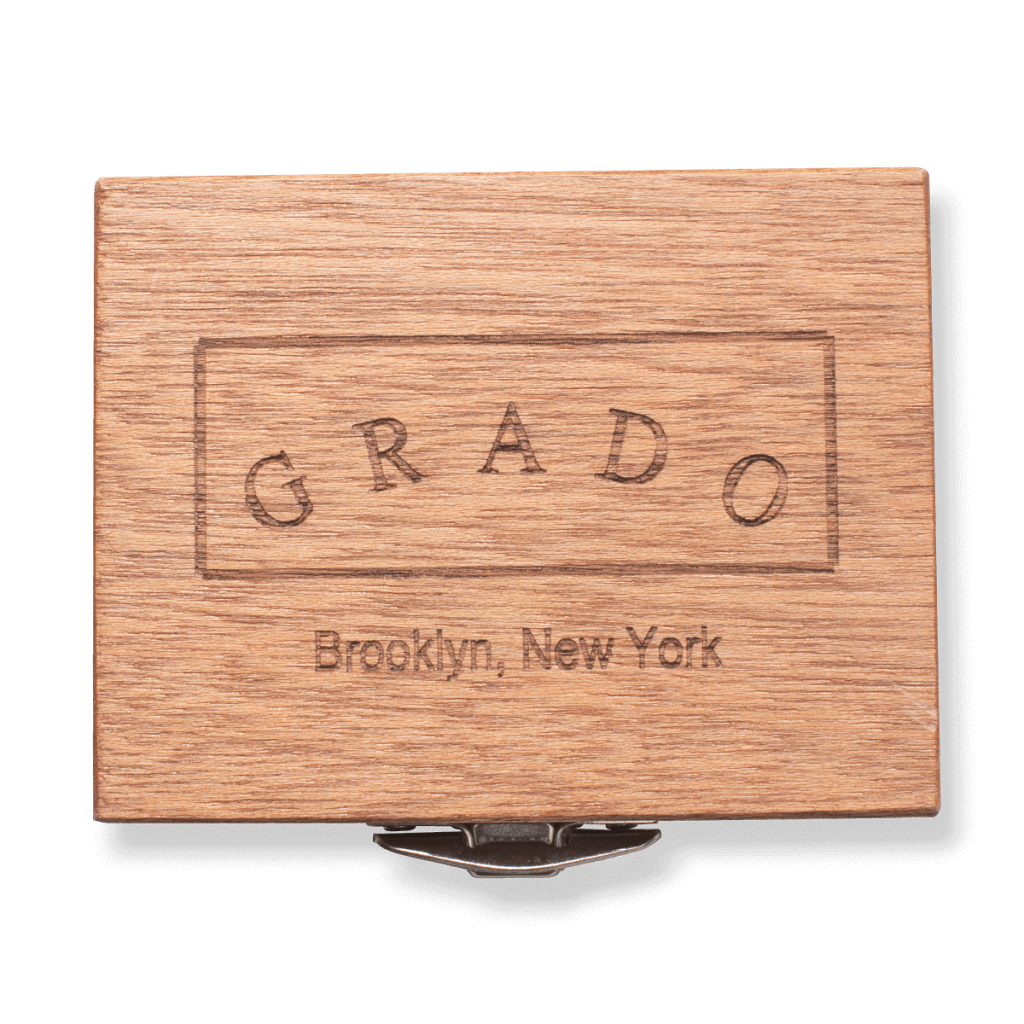
What else can be said about a cartridge that exhibits commendable frequency extension in both directions, but without edginess or emphasis in the treble, or bloat and thickness in the bass? Such honest tonality and palpability? Such naturalness, but with speed, grace and a lack of overhang? While it's better with some types of music than others, it also doesn't outright favor styles and genres, delivering enough detail to provide insight without tipping toward mechanical at all. It doesn't thump too forcefully at the expense of delicacy or throw too bright a spotlight on any part of the frequency range. The Master3 is one of, if not the most, natural and musical cartridges I've ever heard, and I've owned dozens and dozens.
In my review of Grado's Opus3, I said it's the most expressive cartridge I've ever heard around the $275 price point. The same is true of the Master3 at $1000. It gets to the heart of the music more incisively than any of them I've heard. It's one of those rare HiFi products that delivers a complete musical picture, justifying its price on the whole of its abilities rather than ticking off a bunch of boxes. This is a cartridge to settle in with for the long haul, and quite possibly an endgame for people who've become accustomed to owning several sub-$1000 models and switching between them for a little more of this or that.
And Grado will keep on refurbishing it for you at whatever intervals necessary. This is small-batch, handcrafted music-making at its best: a beguiling cartridge that's also a smart long-term investment for people who listen to songs, not sounds. If you're one of them, the Master3 could be your ticket to many, many years of engaging, illuminating listening.
Specifications
- Body: Australian Jarrah Wood
- Cantilever: Machined Boron / Diamond Tip
- Output: 1.0mV @5 CMV (45)
- Inductance: 6mH
- Resistance: Low Output 70 ohms
- Input Load: 10k-47k ohms
- Cartridge Weight: 10 grams
- Tracking Force: 1.6-1.9 grams
- Compliance 20μm/mN
- Channel Separation: Average 30db - 10-30kHz
- Controlled Frequency Response: 10-60kHz
- Non-Sensitive to Capacitive Load
- Other versions: High Output, Mono
Timbre Series Master3
Retail: $1000
Grado Labs, Inc.
4614 7th Avenue Brooklyn, NY 11220
718.435.5340




